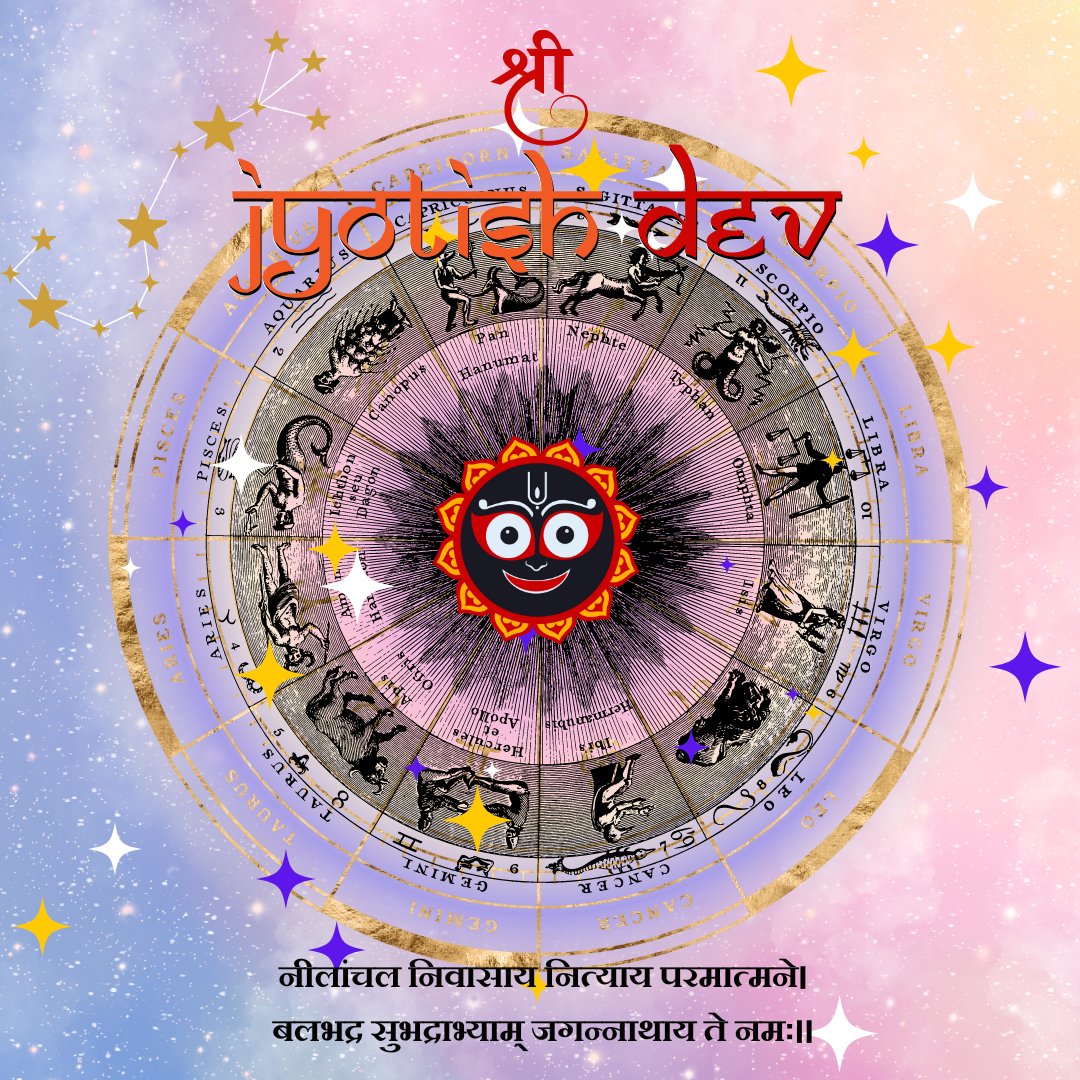How Does Vedic Astrology vs KP Astrology Work?
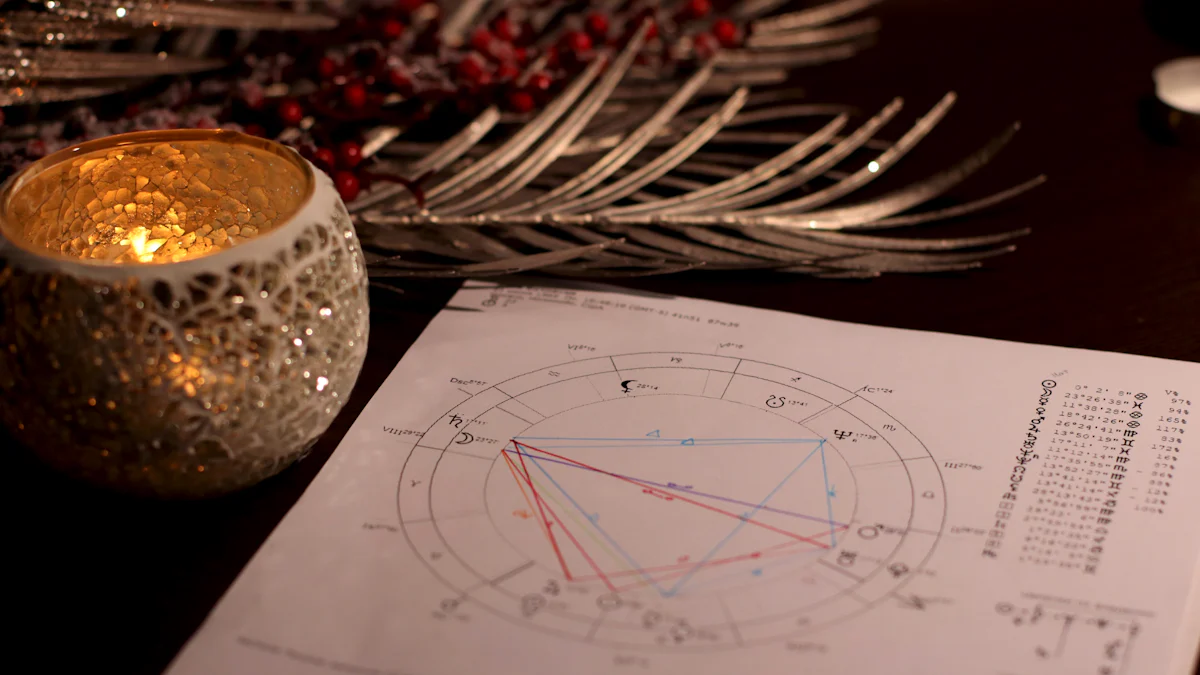
Astrology has evolved over centuries, offering different methods to understand life’s mysteries. Vedic astrology, rooted in the ancient Rig Vedas, uses traditional tools like planetary movements and cosmic energies to guide predictions.
On the other hand, KP astrology, developed by Professor K.S. Krishnamurti, refines these methods with a modern twist. It focuses on precision through unique concepts like sub-lords and ruling planets. While Vedic astrology dives deep into tradition, KP astrology simplifies predictions for practical use. Curious about how these systems differ? Let’s explore the fascinating world of Vedic astrology vs KP Astrology.
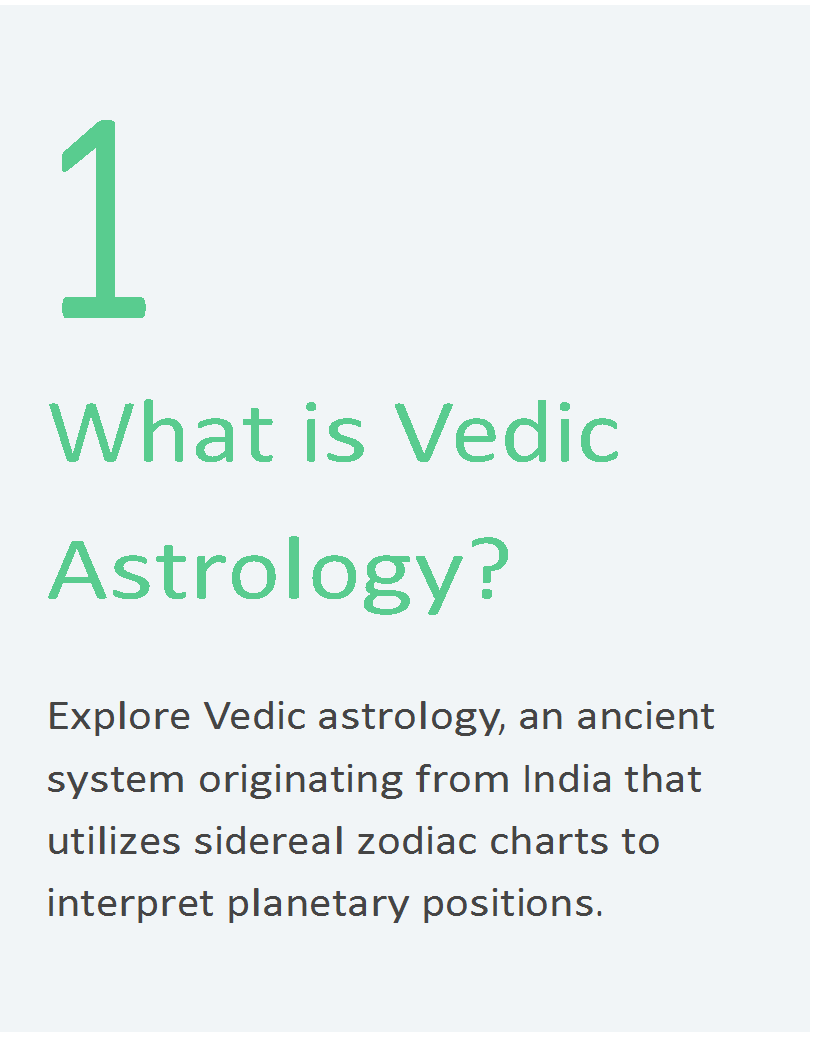
Vedic Astrology Predictive Methods
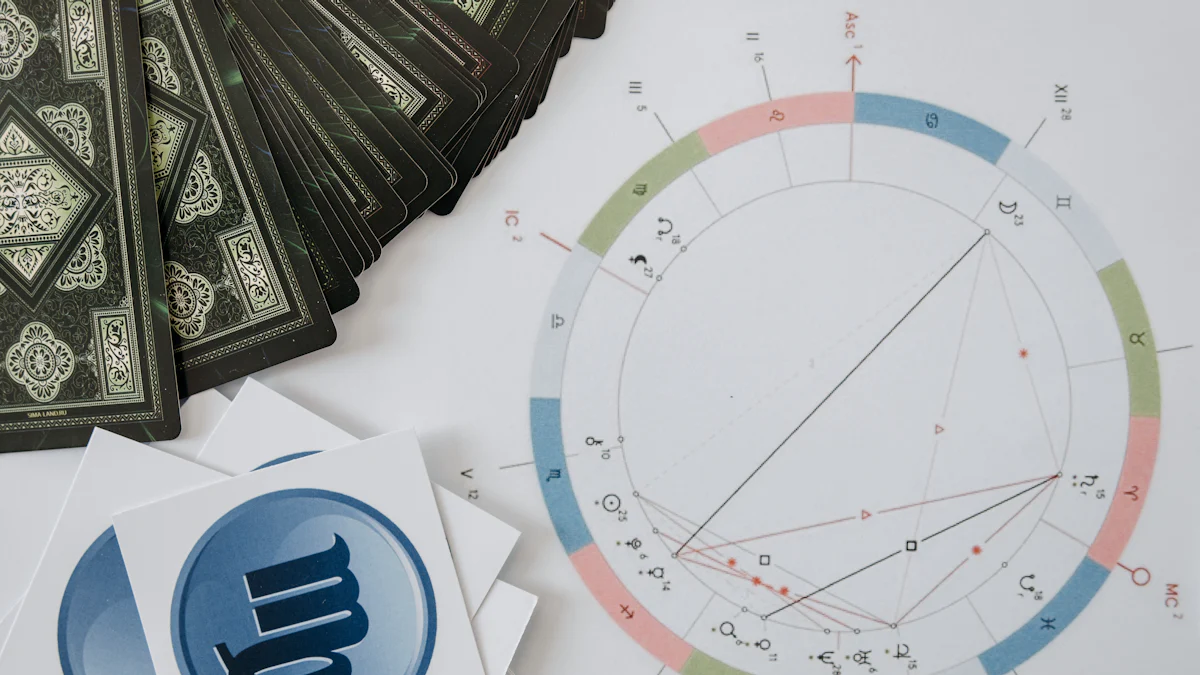
Divisional Charts and Planetary Periods
Explanation of divisional charts like Navamsa and Dasamsa
In Vedic astrology, divisional charts, also called “Vargas,” are like magnifying glasses for your horoscope. They break down your main birth chart into smaller, detailed charts. For example, the Navamans chart focuses on relationships and spiritual growth, while the Dasamsa chart highlights career and professional success. These charts help astrologers dive deeper into specific areas of your life, offering insights that the main chart might not reveal.
Overview of the Dasha system and its role in timing predictions
The Dasha system is another cornerstone of Vedic astrology. It divides your life into planetary periods, each ruled by a specific planet. These periods influence the events and experiences you face. Timing predictions rely heavily on factors like the planet's position, its strength, and its associations. Here's a quick breakdown:
Factor Influencing Results | Description |
|---|---|
Position in Bhava | A planet gives better results if situated in the center of its bhava. |
Benefic Bindus | More benefic bindus in Sarva Ashtakavarga enhance results. |
House Occupation | Favorable results if in lagna, 10th, or 11th house. |
Exaltation | Exalted or in friendly vargas yields positive outcomes. |
Malefic Associations | Poor results if afflicted by malefics or in debilitation. |
Transits and Yogas
How planetary transits influence predictions in Vedic astrology
Planetary transits, or the movement of planets through zodiac signs, play a huge role in shaping your life's events. For instance, when a planet moves into a new sign, it can trigger changes in your career, relationships, or health. Retrograde motion, where a planet appears to move backward, adds another layer of complexity. These transits can bring both opportunities and challenges, depending on how they interact with your birth chart.
The role of yogas (planetary combinations) in shaping outcomes
Yogas are unique planetary combinations that add depth to Vedic astrology. They indicate strengths, challenges, and potential outcomes in your life. For example, a “Gaja Kesari Yoga” suggests wisdom and prosperity, while a "Shakata Yoga” might point to financial ups and downs. These combinations go beyond individual planets, offering a more nuanced understanding of your horoscope.
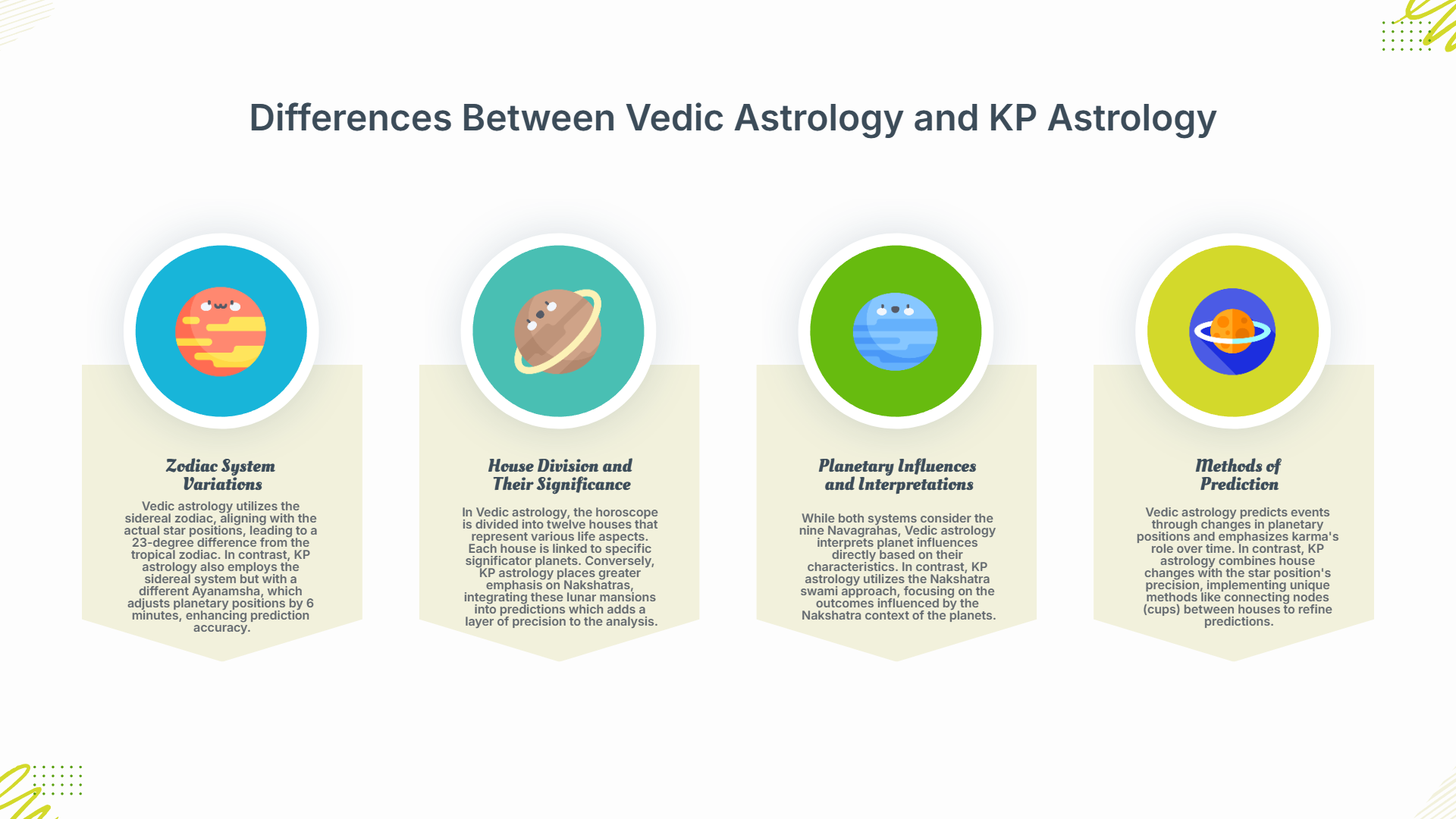
Strengths and Challenges
Strengths: Depth, tradition, and comprehensive analysis
Vedic astrology shines in its depth and tradition. It offers a holistic view of your life, blending spiritual and practical insights. Its use of divisional charts, the Dasha system, and yogas ensures a thorough analysis. This makes it ideal for those seeking detailed guidance.
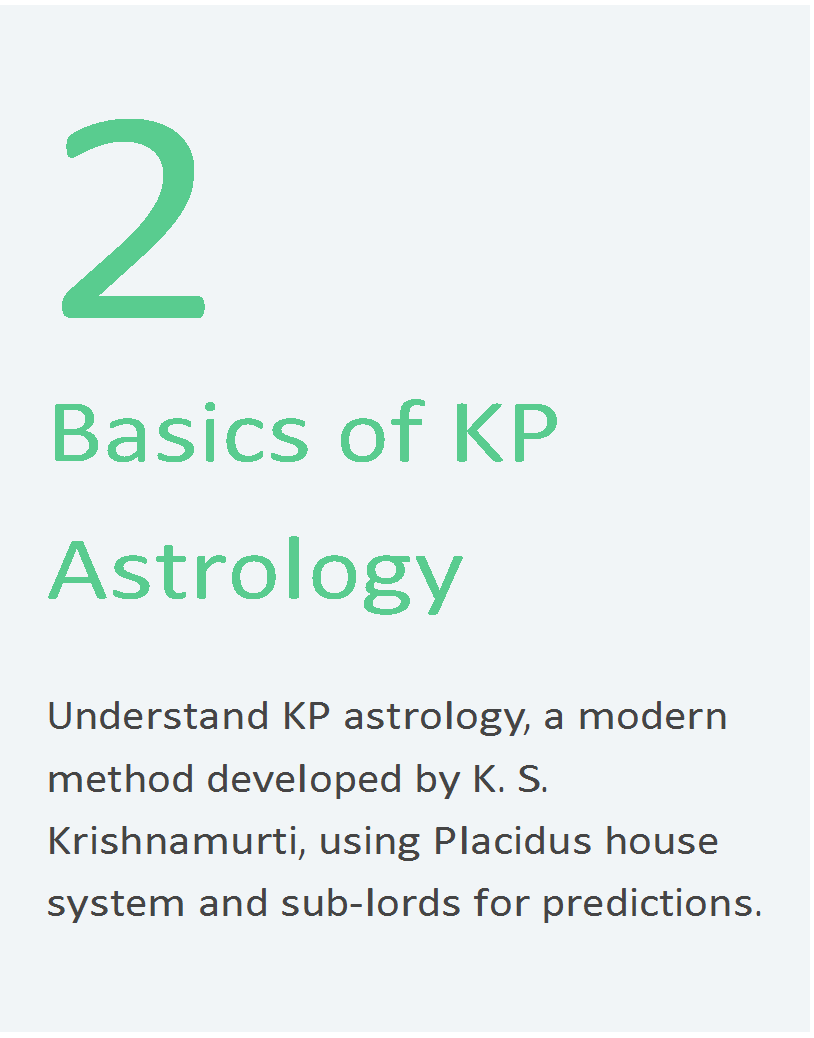
Challenges: Complexity and the need for advanced knowledge
However, Vedic astrology isn't without its challenges. Its complexity can overwhelm beginners. Many modern practitioners rely too much on software, leading to mechanical interpretations. Others may oversimplify issues, like blaming a “weak planet” for problems without exploring deeper karmic causes. This approach can dilute the true essence of Vedic astrology.
KP Astrology Predictive Methods
Placidus House System and Sub-Lords
Introduction to the Placidus house system and its use in KP astrology
In KP astrology, the Placidus house system plays a vital role in creating accurate predictions. It divides the sky into twelve houses based on how long the Sun takes to cross each quadrant of your chart. This method ensures that the houses reflect the actual time intervals, making it highly precise. By analyzing the positions of planets in relation to these house cusps, astrologers can provide detailed insights into your life.
Here’s why it’s important:
The Placidus system ensures precise calculations of your birth chart.
It helps astrologers pinpoint planetary influences on specific areas of your life.
Explanation of sub-lords and their role in refining predictions
Sub-lords are the secret sauce of KP astrology. Each planet operates under a hierarchy, starting with the Nakshatra (star) lord and narrowing down to the sub-lord. This subdivision allows astrologers to refine predictions to an incredible level of detail.
Here’s how it works:
Each zodiac sign is divided into Nakshatras, which are further split into sub-lords.
The sub-lord of a planet determines how that planet will influence your life.
If the star-lord of a planet resides in a favorable house, it amplifies positive outcomes.
This layered approach ensures that even two people born at the same time can have unique predictions based on their sub-lords.
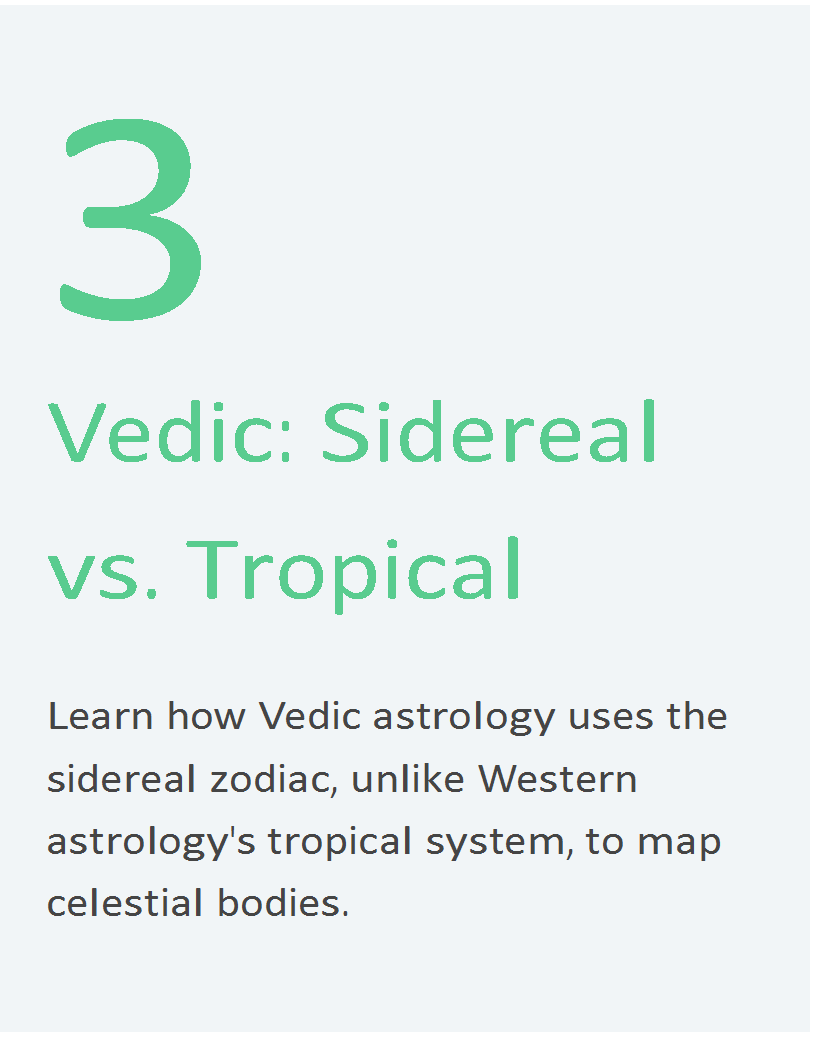
Ruling Planet Theory
How ruling planets are identified and used in predictions
The ruling planet theory is another cornerstone of KP astrology. It identifies key planets based on the time and context of your question or birth. These include:
Component | Description |
|---|---|
Lord of the Ascendant Sign | The ruling planet of the sign rising at the time of the question. |
Star-Lord of the Nakshatra | The planet ruling the Nakshatra where the Moon is positioned. |
Rashi-Lord | The ruling planet of the sign in which the Moon is located. |
Day Ruler | The planet that governs the day on which the question is asked. |
Application of ruling planet theory in timing events
Timing events is where KP astrology truly shines. By analyzing the positions of ruling planets, astrologers can predict when significant events will occur. For example, the Lord of the Ascendant and the Star-Lord of the Moon’s Nakshatra are closely observed. Their movements and interactions reveal the timing of key life events like marriage, career changes, or financial gains.
Strengths and Challenges
Strengths: Precision, simplicity, and modern relevance
KP astrology stands out for its precision and simplicity. It breaks down complex calculations into manageable steps, making it accessible even for beginners. Here’s what makes it appealing:
It simplifies traditional methods while maintaining accuracy.
Sub-lords and Nakshatras allow for highly detailed predictions.
It’s versatile, covering areas like career, relationships, and health.
Challenges: Limited focus on traditional yogas and divisional charts
Despite its strengths, KP astrology has its limitations. Traditional Vedic astrologers often criticize it for deviating from classical methods. Here are some challenges:
It doesn’t emphasize yogas or divisional charts, which are key in Vedic astrology.
Accurate birth time is crucial. Even a slight error can lead to incorrect predictions.
While KP astrology offers a modern approach, it may not satisfy those who prefer the depth of traditional systems.
Key Differences in Predictive Methods: Vedic Astrology vs KP Astrology
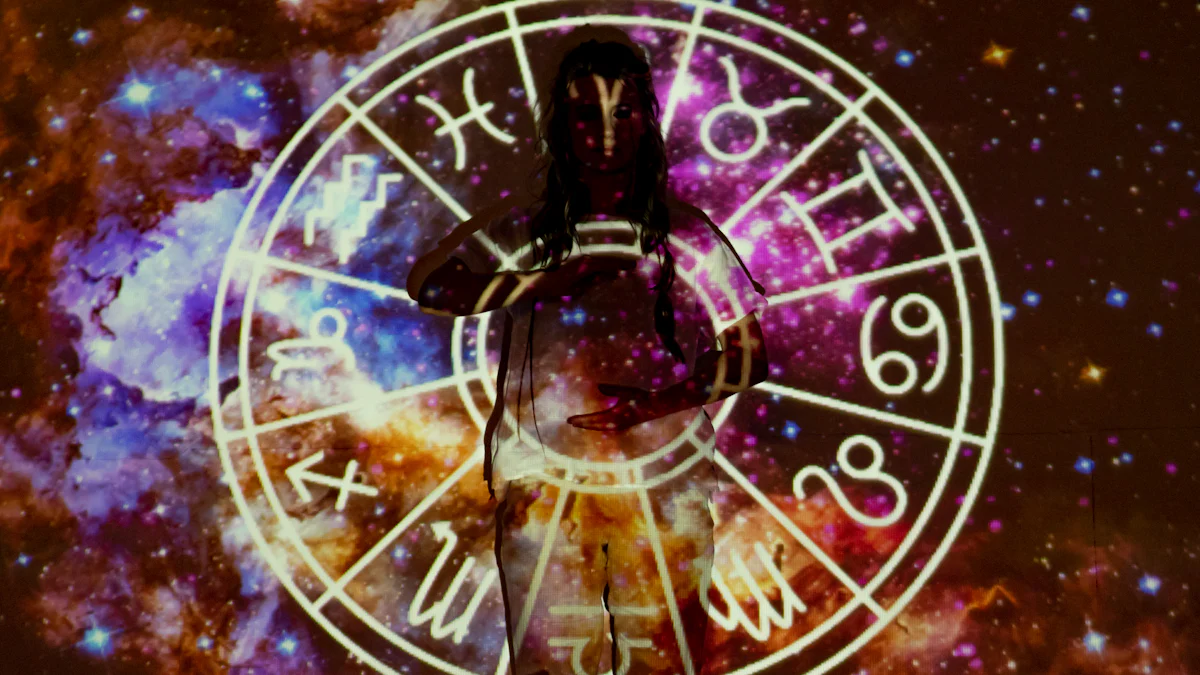
Chart Systems
Comparison of the sidereal chart system in Vedic astrology with the Placidus system in KP astrology
When it comes to chart systems, Vedic astrology and KP astrology share some similarities but also have key differences. Both systems use the Sidereal Zodiac, which accounts for the Earth's axial precession. However, KP astrology takes it a step further by applying the KP Ayanamsa, a specific adjustment that fine-tunes planetary positions for greater accuracy.
Here’s where things get interesting:
Vedic astrology often uses the whole sign house system, where each zodiac sign represents an entire house.
KP astrology strictly sticks to the Placidus house system, which divides houses based on time intervals. This approach focuses on house cusps, making predictions more precise.
If you’re someone who values tradition, the sidereal chart in Vedic astrology might resonate with you. But if you prefer a modern, time-based approach, KP astrology’s Placidus system could feel more practical.
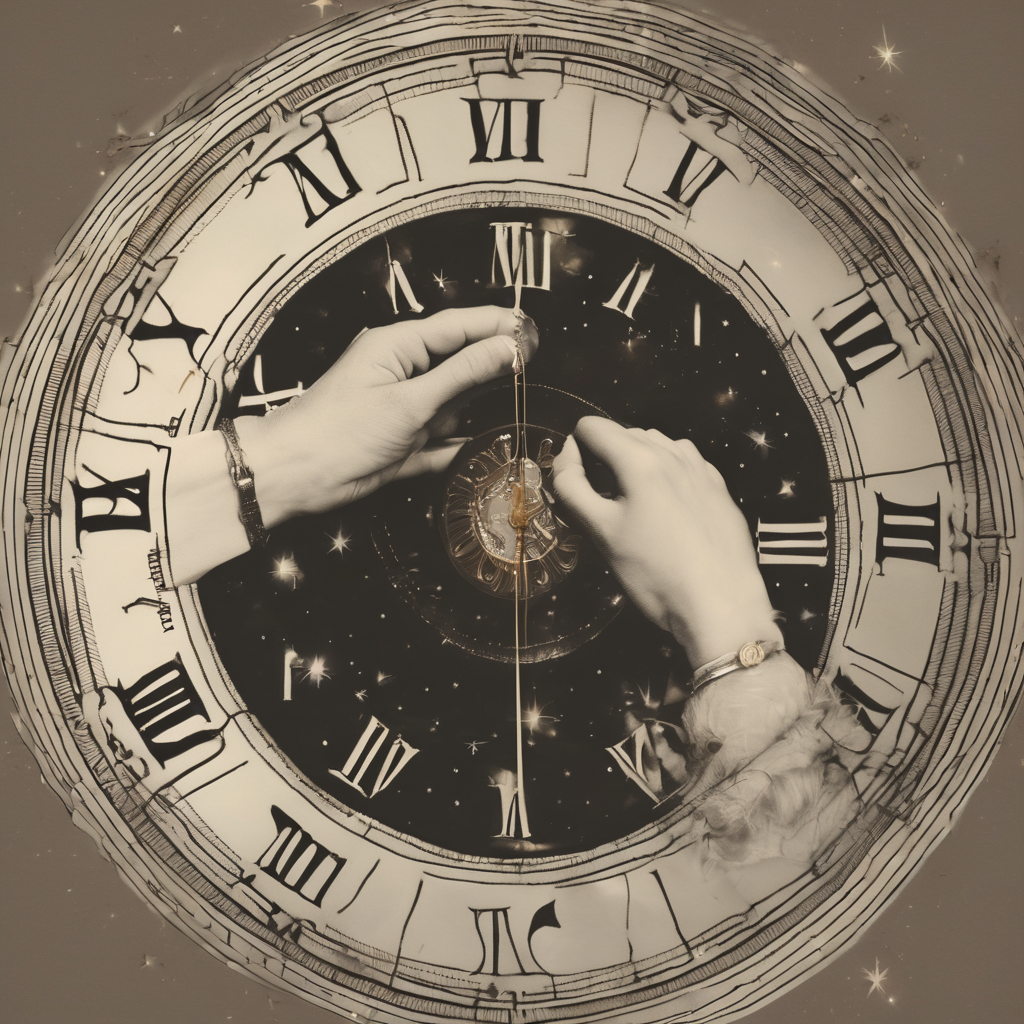
Timing Techniques
Differences in how timing is calculated and applied in each system
Timing is everything in astrology, and this is where Vedic astrology and KP astrology take different paths. Vedic astrology relies on the Dasha system, which divides your life into planetary periods. These periods are influenced by the planet’s position, strength, and associations in your chart. It’s a detailed process that requires a profound understanding of planetary energies.
KP astrology, on the other hand, simplifies timing with its use of sub-lords and ruling planets. By analyzing the sub-lord of a planet and its connection to house cusps, KP astrologers can pinpoint the timing of events with remarkable precision. This makes KP astrology especially appealing if you’re looking for quick, accurate answers to specific questions.
Practicality and Precision
Discussion of which system is more practical for modern-day predictions
In today’s fast-paced world, practicality often takes precedence. KP astrology shines here because it’s simpler to learn and has fewer rules compared to Vedic astrology. You can grasp its basics in just a few months, and its focus on sub-lords and ruling planets ensures highly accurate predictions.
Vedic astrology, while rich in tradition and depth, can feel overwhelming due to its complexity. It’s ideal if you’re seeking a broader, philosophical understanding of life. But if you’re after systematic insights and precise event timing, KP astrology might be the better fit.
Ultimately, the choice between Vedic astrology vs KP astrology depends on what you value more—tradition or precision. Both systems complement each other beautifully, with KP astrology refining the foundational principles of Vedic astrology for modern use.
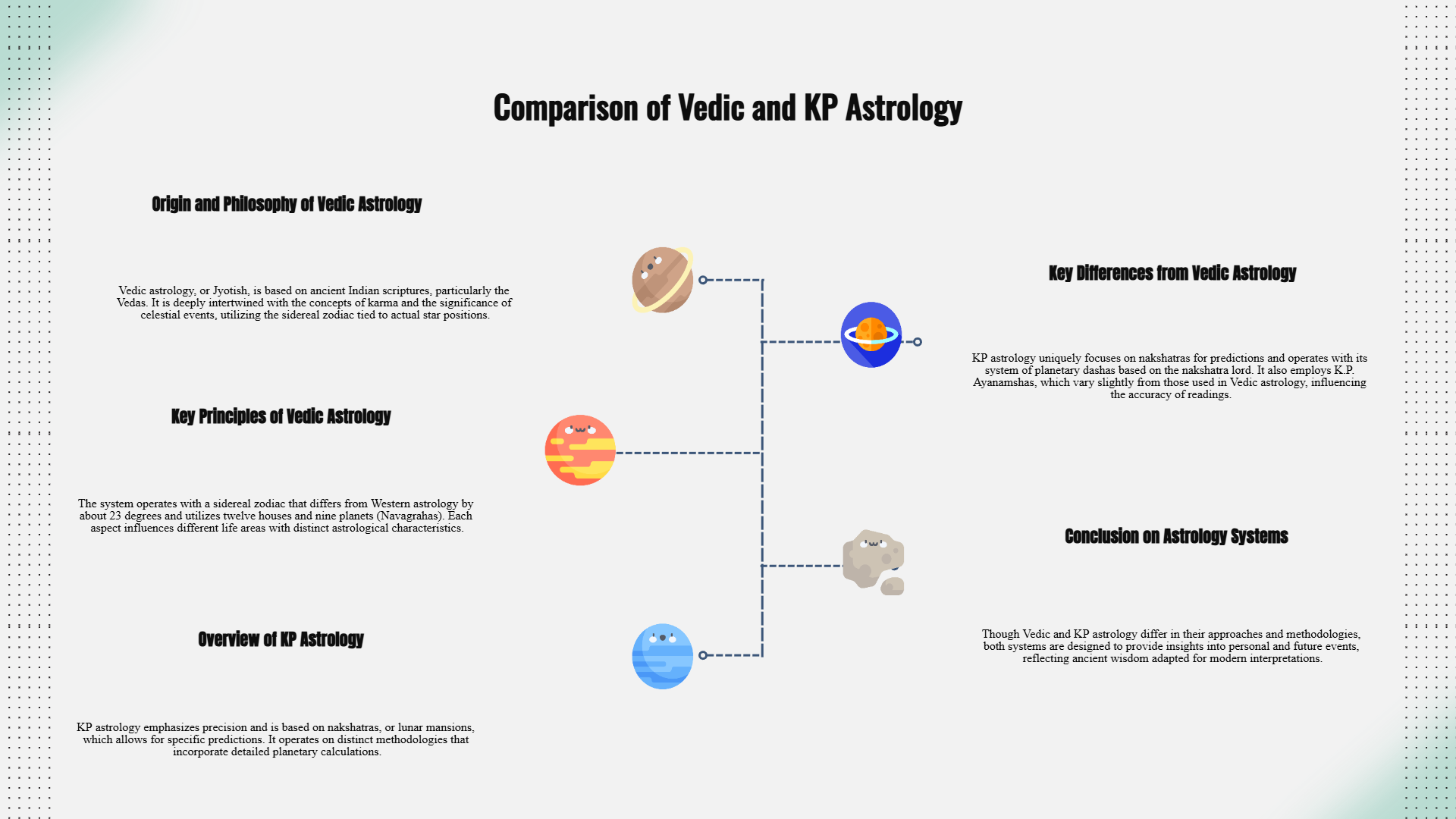
Choosing Between Vedic Astrology vs KP Astrology
Factors to Consider
When deciding between Vedic astrology and KP astrology, you’ll want to weigh a few key factors. Each system has its strengths, and your choice depends on what you’re looking for in an astrological approach.
Complexity: Vedic astrology dives deep into planetary positions, moon phases, and sun placements. It also uses divisional charts and yogas, making it more intricate. KP astrology, on the other hand, simplifies things by focusing on stars (nakshatras) and sub-lords. If you’re new to astrology, KP might feel less overwhelming.
Accuracy: KP astrology is known for its precision. Its use of sub-lords and stellar transits allows for highly detailed predictions. Vedic astrology, while comprehensive, can sometimes feel less exact due to its broader focus.
Learning Curve: If you’re planning to study astrology, KP astrology is easier to pick up. It has fewer rules and can be mastered in a few months. Vedic astrology requires more time and effort because of its complex calculations and traditional methods.
Personal Preference: Some people love the rich tradition and spiritual depth of Vedic astrology. Others prefer the modern, practical approach of KP astrology. Your choice might depend on whether you value tradition or simplicity.
Scenarios for Each System
Examples of situations where Vedic astrology might be more suitable
Vedic astrology works best when you’re seeking a holistic view of your life. It’s ideal for exploring spiritual growth, karmic patterns, and long-term trends. For example:
If you’re curious about your life’s purpose or dharma, Vedic astrology can provide deep insights.
It’s also great for understanding relationships, thanks to tools like the Navamsa chart.
When you want to analyze career paths or financial stability over decades, the Dasha system offers a detailed roadmap.
Examples of situations where KP astrology might be more effective
KP astrology shines when you need quick, precise answers. It’s perfect for specific questions or short-term predictions. Here’s when you might turn to KP astrology:
If you’re wondering about the timing of an event, like a job offer or marriage, KP astrology can pinpoint the exact period.
It’s also helpful for horary astrology, where you ask a question based on the time of inquiry.
When you’re tracking down practical advice on immediate decisions, KP astrology’s focus on ruling planets and cusps delivers clarity.
Ultimately, both systems have their place. Whether you choose Vedic astrology or KP astrology depends on your goals and what resonates with you.
When comparing Vedic astrology vs KP Astrology, you’ll notice they each bring something special to the table. Vedic astrology offers a deep, traditional approach, while KP astrology simplifies predictions with modern techniques like Sub-Lord theory. Together, they create a powerful toolkit for understanding life’s mysteries.
Exploring both systems can enhance your ability to make accurate predictions. You’ll gain insights from Vedic astrology’s celestial wisdom and KP astrology’s precision. Why not try both? You might discover a blend that resonates perfectly with your needs.

FAQ
What is the main difference between Vedic astrology and KP astrology?
Vedic astrology focuses on traditional methods like divisional charts and yogas. KP astrology simplifies predictions using sub-lords and the Placidus house system. If you prefer depth and tradition, go for Vedic astrology. For precision and simplicity, KP astrology works better.
Can I use both Vedic and KP astrology together?
Yes, you can! Many astrologers combine both systems. Vedic astrology offers a broad perspective, while KP astrology refines timing and details. Using both can give you a well-rounded understanding of your chart.
Which system is easier for beginners to learn?
KP astrology is easier to learn. Its simplified rules and focus on sub-lords make it beginner-friendly. Vedic astrology requires more time and effort due to its complex calculations and traditional techniques.
Do I need my exact birth time for accurate predictions?
Yes, especially for KP astrology. Even a small error in birth time can affect predictions. Vedic astrology is slightly more forgiving but still benefits from accurate timing for precise results.
Which system is better for career predictions?
Both systems work well for career insights. Vedic astrology uses divisional charts like Dasamsa for detailed analysis. KP astrology pinpoints timing and specific events, making it great for short-term career decisions.
See Also
Comparing Vedic And Western Astrology's Distinctive Methods
Investigating The Scientific Techniques Used In Vedic Astrology
Astrology's Role In Effectively Shaping Your Career Journey
A Comprehensive Guide To Interpreting Your Kundali
Understanding The Science Behind Kundali Matching For Couples

